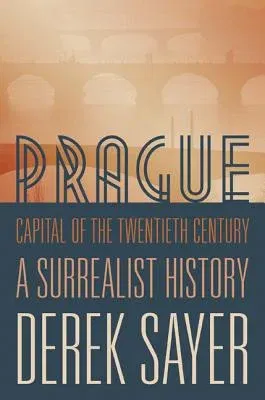The story of modernity told through a cultural history of
twentieth-century Prague
Setting out to recover the roots of modernity in the boulevards,
interiors, and arcades of the "city of light," Walter Benjamin dubbed
Paris "the capital of the nineteenth century." In this eagerly
anticipated sequel to his acclaimed Coasts of Bohemia: A Czech
History, Derek Sayer argues that Prague could well be seen as the
capital of the much darker twentieth century. Ranging across
twentieth-century Prague's astonishingly vibrant and always surprising
human landscape, this richly illustrated cultural history describes how
the city has experienced (and suffered) more ways of being modern than
perhaps any other metropolis.
Located at the crossroads of struggles between democratic, communist,
and fascist visions of the modern world, twentieth-century Prague
witnessed revolutions and invasions, national liberation and ethnic
cleansing, the Holocaust, show trials, and snuffed-out dreams of
"socialism with a human face." Yet between the wars, when Prague was the
capital of Europe's most easterly parliamentary democracy, it was also a
hotbed of artistic and architectural modernism, and a center of
surrealism second only to Paris.
Focusing on these years, Sayer explores Prague's spectacular modern
buildings, monuments, paintings, books, films, operas, exhibitions, and
much more. A place where the utopian fantasies of the century repeatedly
unraveled, Prague was tailor-made for surrealist André Breton's "black
humor," and Sayer discusses the way the city produced unrivaled
connoisseurs of grim comedy, from Franz Kafka and Jaroslav Hasek to
Milan Kundera and Václav Havel. A masterful and unforgettable account of
a city where an idling flaneur could just as easily be a secret
policeman, this book vividly shows why Prague can teach us so much about
the twentieth century and what made us who we are.

